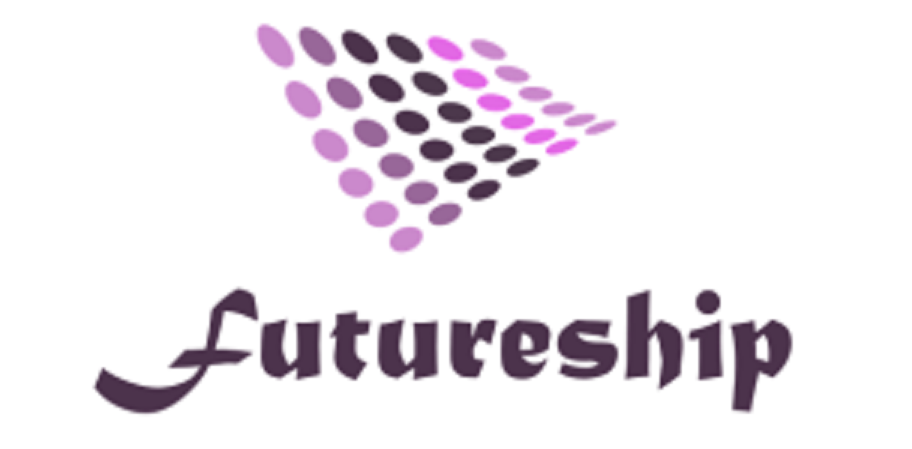
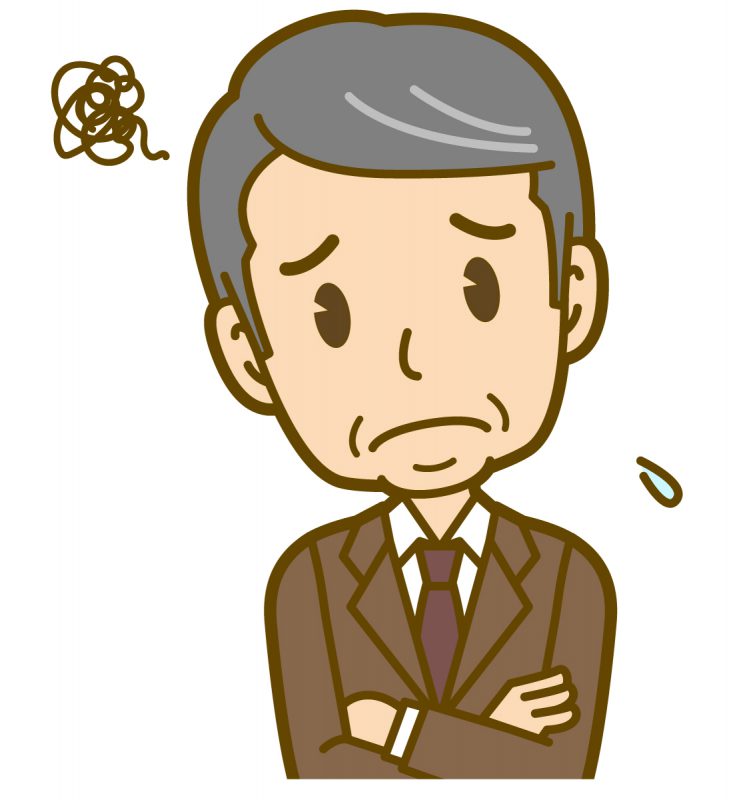
What is job theory? How can I use job theory in practice?
Job Theory (Jobs to be done) is gaining attention as a marketing technique that increases the probability of innovation. Once again, what is “job theory”? We will also explain how to put job theory into practice in an easy-to-understand manner, answering the question of how it is actually put into practice.
Based on our experience in supporting reform of product development organizations using Lean product development and job theory, we will show you how to utilize job theory in your marketing or product development activities.
Contents of this article
- What is Job Theory?
- How to put job theory into practice
- Concepts in JTBD-P (ODI)
- Concepts in JTBD-B ➀ -Find the right job and improve the solution
- Concept ➁ in JTBD-B -Considering when jobs change
- Concept ➂ in JTBD-B -Think of job solutions ahead of habits and concerns
- JTBD-B Approach ➃ -Place the higher-level job in the company’s mission
- Concept ➄ in JTBD-B – Reinforce weak solutions by looking at the entire job step
- We support job theory practice
What is Job Theory?
Job Theory is the title of a book published in Japan in 2017 and written by Harvard Business School Professor Clayton Christensen.
The book’s original title is “Competing Against Luck” toe, and the subject is that many innovations are supported by luck, and that overcoming that luck is the key to innovation.
Christensen’s job theory states that “Customers do not buy products for the products themselves, but hire products to successfully complete the jobs to be done.
In other words, Job Theory is based on the concept of Jobs To Be Done, or the work that customers should accomplish, and is said to have originally developed from the ODI (Outcome Driven Innovation) concept proposed by Anthony Ulwick.
We distinguish Ulwick’s job theory by calling it JTBD-P and Christensen’s job theory by calling it JTBD-B. (See: “Using Two Types of Job Theory“)
What is a job?
To understand job theory, we must first have a solid understanding of “jobs.
Basically, everything a customer has to do is a “job.
However, there are several different types of the same thing that needs to be done.
Using the simplest terms possible, there are two types of jobs.
- Jobs that are done as a routine in a given situation
- Unconscious or conscious desire for evolution
Christensen often uses the story of the Milkshake promotion in his book and in his lectures as an example of job theory.
The job for a businessman driving a car alone in the morning in the U.S. fits the case of 1. You think of hiring a milkshake every morning to solve the job of making the tedious one- to two-hour car commute work out in your own way every day.
For an example of #2, consider, for example, a woman’s view of women’s cosmetics.
Of course, there are those who make purchases by looking at the product in detail, such as the ingredients of the cosmetics, but we believe that women have a desire to be beautiful and to change into a new person, and that they employ cosmetics to discover a new self.
In this way, PR for cosmetics is not trying to sell the cosmetics themselves, but by showing a beautiful actress, the cosmetics are being marketed by helping customers find their own “new selves”.
The job in case 1 may focus on a single job to create innovation, or it may consider innovation in terms of a series of jobs, or job steps as a story.
Jobs in case 2 are often considered in isolation, but there are also cases where innovation is considered in two steps, with the job in case 2 as the upper job and the job step in case 1 as the lower job.
Difference between Job and Needs
It’s a question (FAQ) we get often.
A job, as explained in the previous section, is everything that needs to be done, but it is basically something that needs to be done independent of the product.
I think the need is a hope to bridge the gap between the customer’s requirements and reality at that point in time.
I think needs are often (but not always) expressed as dissatisfaction with a product that exists in reality.
However, there is the term “latent needs,” isn’t there?
This is different from what we call a “need,” which is a request that the customer is not even aware of.
One way to think of latent needs is to consider as latent needs those things that customers are actually dissatisfied with, but have given up on because there is nothing they can do about it.
In design thinking, for example, by observing the behavior of customers, looking at their casual actions from the side and finding what is unnatural, we can discover and improve what customers have given up and accepted by putting up with it.
I think that job theory is, in a way, a way to find latent needs.
How to put job theory into practice

The framework for putting job theory into practice is explained in detail in a separate article, “Teaching a Framework for Putting Job Theory into Practice“.
In this article, we will break down the framework a bit and explain the ideas that lead to innovation ideas based on different ways of perceiving jobs.
Ideas in JTBD-P (ODI)
A. Ulwick’s Jobs to be done, which is also called Outcome Driven Innovation (ODI; we call it JTBD-P), is the origin of the Jobs Theory, but the idea of jobs is not the same as Christensen’s Jobs to be done. The theory is the same.
This method is suited for innovations in the form of improvements to existing products, but it breaks down functional jobs into steps.
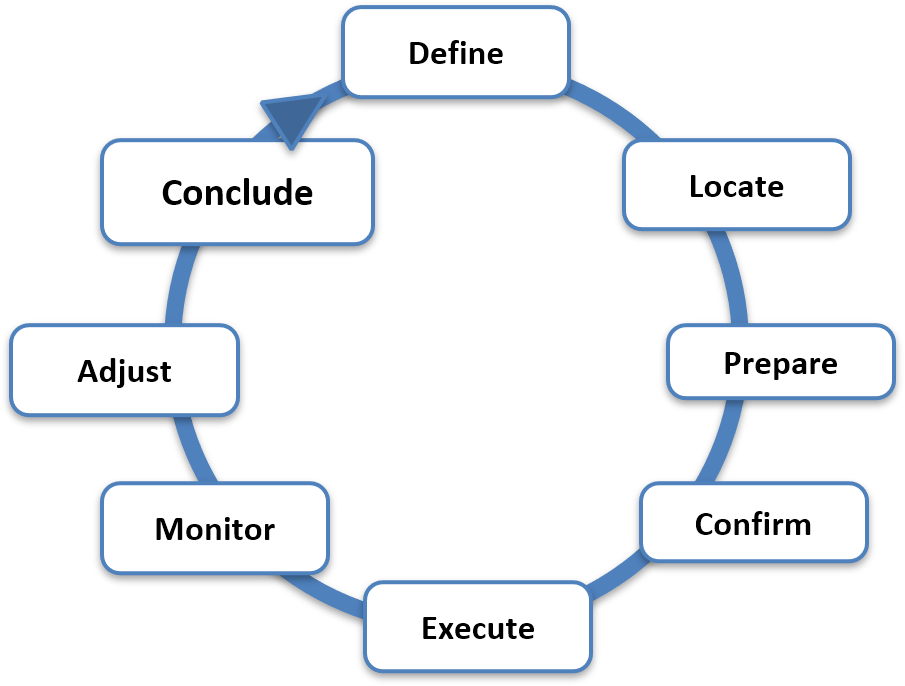
As shown in the diagram above, assume the major flow of the customer’s use of some product.
Define” means that the product is first used for a certain purpose, and that the customer himself or herself comes up with the idea of using it.
The customer finds the product in a storage place, prepares it, and then … . The steps will be taken from before the actual operation of the product to when it is finished and put away.
The above diagram is only a kind of guideline to organize jobs, so there are cases where this diagram may not be followed.
Please do not force yourself to conform to this diagram.
It is important to extract all jobs without omission, using this diagram as a hint.
Consider washing clothes in a washing machine.
First of all, when you want to start washing clothes, you need to gather the laundry, sort them if they are to be washed separately, put the laundry into the tub, fill the water, throw in the detergent … . The story can be extracted as a story of what needs to be done (Jobs to be done) like the following.
In ODI, we consider what kind of outcome we expect for each job.
For example, for the job of sorting laundry, the expectation is to “reduce the number of times the laundry is sorted separately as much as possible” or “reduce the time and effort required to sort laundry.
For every job, we will define outcomes (there can be multiple outcomes for one job).
We will then capture how important each outcome is to the customer (importance) and how satisfied they are with the current solution (sufficiency). Specifically, the most accurate way to do this is to actually survey the customer.
The idea of ODI or JTBD-P is to listen to the customer’s voice, find out what is highly important and what is not, and then come up with a new solution for that outcome to appeal to the customer.
Concepts in JTBD-B ➀ -Find the right job and improve the solution
At this point, I think it is safe to say that “job theory” is mainstream, and I will explain the ideas in the job theory proposed by Christensen (we call it JTBD-B).
Christensen’s job theory is basically the same concept as Alan Klement’s “When Coffee & Kale compete.
The basics of the practice in JTBD-B can be easily understood by considering the milkshake case study.
One key point is to get the product competition right.
Given the job of making good use of the long drive time, the competition for the milkshake is not other companies’ milkshakes, but coffee, donuts, bananas, chocolate, etc. The right direction of innovation is to think about why the product is better suited to the customer’s job than the competition, and then to improve the product so that it can better handle the customer’s job.
The probability of innovation is increased by considering the customer’s job and then correctly identifying the competition.
In the case of milkshakes, the idea of the right innovation for commuting businessmen is not to improve the taste or appearance, but to sell the product in a way that it can be easily purchased by customers on their way to work, to vary the quantity, or to make it stickier so that it can be drunk for a longer time.
Concepts in JTBD-B➁ -Considering when jobs change
When considering a customer’s lifestyle, there are times when jobs change.
For example, when a customer gets married or gets married and has a child, the company will provide a solution for the new job that has been created by the change.
A venture company that provides food delivery service was thinking of serving single men and women who are usually busy with their jobs, but then they realize that most of their actual customers are young mothers.
After doing some research, they discovered that the birth of their second child had created new jobs that made it difficult for them to go shopping and that they wanted to spend more time with their families.
Concepts in JTBD-B ➂ -Considering Job Solutions Ahead of Habits and Worries
Many people, when offered a new solution, i.e., a new product or service, may not accept the new solution because of their previous habits or concerns.
We think of it as a controlling factor of desire, but the idea is to make people accept the solution by taking steps to consider this factor, especially habits and concerns, first.
Consider the example of Uber.
Uber was born on the West Coast of the United States, but cabs were not originally perceived as a very convenient vehicle in the United States.
Taxis in the U.S. were not perceived as very convenient, as they were always unpredictable, unfriendly, and deceitful.
However, the concerns that people had with cabs in the first place, such as not knowing what kind of person would be driving, whether it would be dangerous, whether they would come quickly, etc., have not changed, and considering the fact that the drivers are unqualified, the concerns seem to be even greater.
The customer rates the driver and the driver rates the customer, thereby proving their performance.
The app on the mobile device also shows the current location, so you know in advance how long you will have to wait. Fees can also be agreed upon in advance.
I think this is an example of how solving a customer’s concerns can help them accept a new service.
Innovation is achieved by avoiding in advance the situation where a job discovery tries to provide a good solution but the customer does not accept it.
The idea in TBD-B➃ -Putting the higher-level job on the company’s mission
One of my favorite parts of the book “Job Theory” is the story of how a company called Unilever provided a solution to save children in developing countries from losing their lives by not washing their hands, through a soap that changes color after 10 seconds of use.
Children who are not in the habit of washing their hands are amused by the color-changing soap, and this helps them learn to wash their hands.
The mission of the Unilever company was behind the creation of this solution.
Most companies have their own mission.
The idea is that if you can put a specific job within this mission, you can create innovation from the mission.
In the grand social job of becoming a company that saves the lives of the world’s children, the mission will turn into a specific mission of at least making sure that children under the age of five in emerging countries do not lose their lives by not washing their hands, which will create the soap ahead.
Concepts in JTBD-B ➄ – Reinforcing Weak Solutions by Looking at the Entire Job Step
This is the approach we most actively recommend for use in job theory.
Please refer to our separate article, “Teaching a Framework for Practicing Job Theory,” for more details.
Briefly, we convert the jobs we do as routine into job steps as stories.
The figure below shows a job step that addresses buying, storing, and using groceries for daily meals.
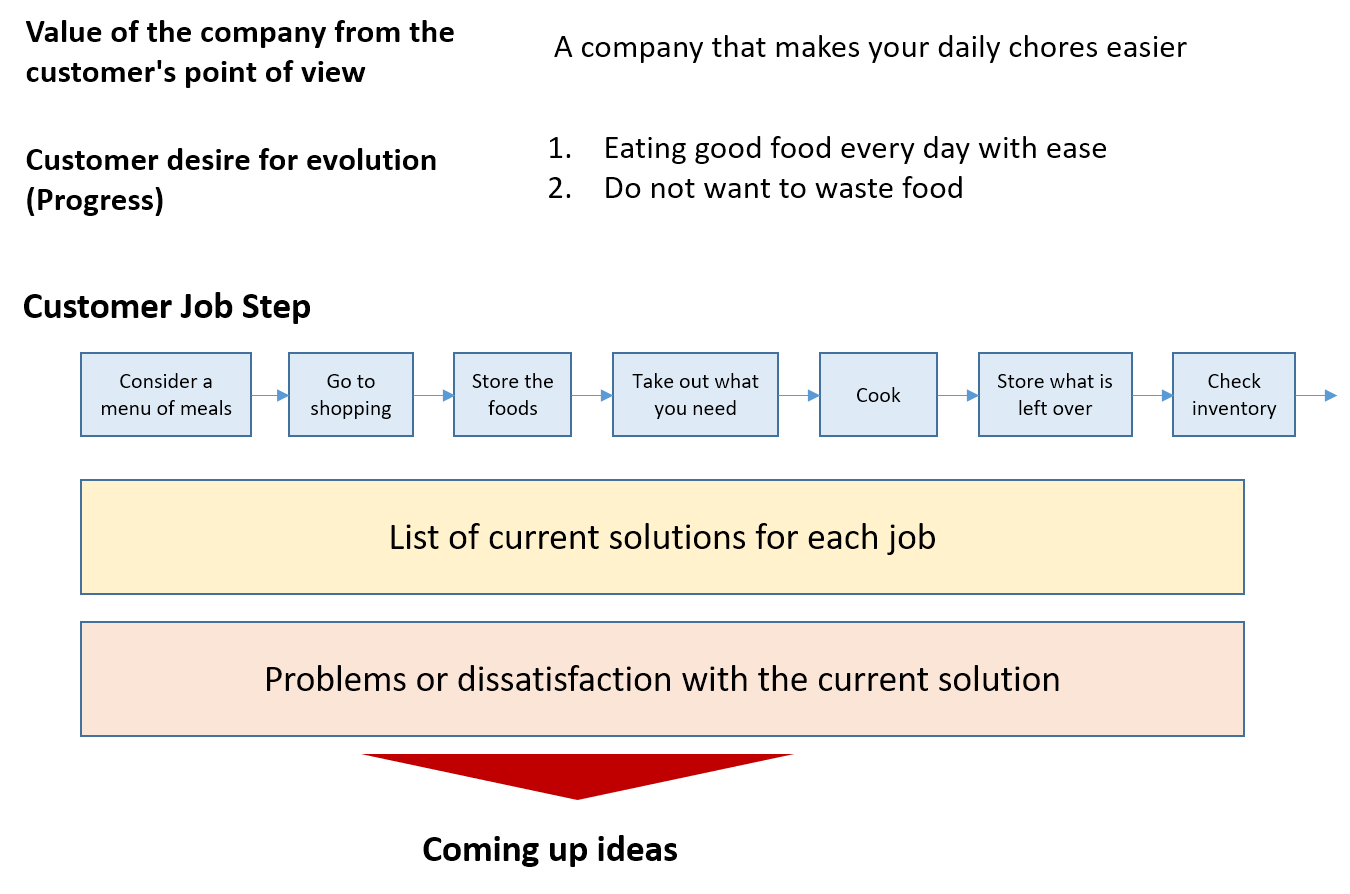
For each job, we make a list of current solutions, i.e., products and services that we are currently using.
The idea is to extract problems related to the current solutions and come up with ideas by looking at the listed solutions individually or as a whole.
By looking at the customer’s behavior, we can get a bird’s eye view of the solutions related to the customer’s daily life and the current business, and this approach provides us with many insights.
We support job theory practice
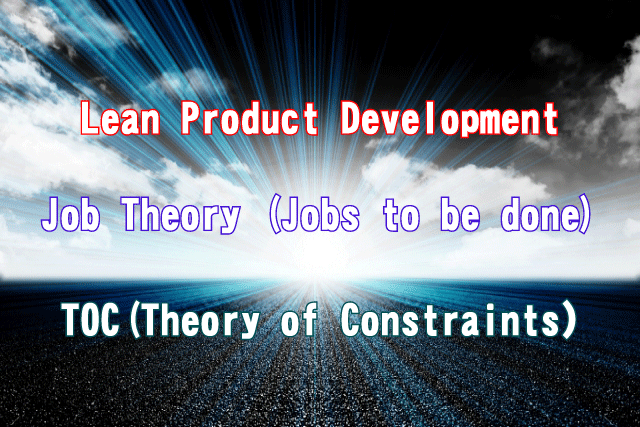
Our company specializes in the on-the-job practice of job theory.
In particular, we have supported the practice of job theory in many companies in the field of product development in the manufacturing industry.
The above ideas came out of that experience, and we have know-how that has not yet been fully explained.
The words “customer-oriented” and “customer-driven” are used every day as a matter of course, but even if you are aware of your customers, it is difficult for engineers and managers of development organizations who have been thinking about their own products for a long time to shift their perspective 180 degrees from the customer’s side. It is not an easy task.
I feel that if you are customer oriented in a mind full of assumptions, with the product inevitably on your mind, you will never really innovate.
In order to change 180 degrees to a customer-oriented perspective, the entire organization must master the concept of job theory, and by making it a habit, strong marketing thinking will take root in the organization.
I urge you to consider implementing job theory in your organization.
If you are having trouble generating ideas for new products or new businesses, or if you have ideas but cannot put them into practice, please contact us.
Please fill out the form below to request a free consultation, indicating that you are interested in discussing job theory.
We will contact you shortly.
